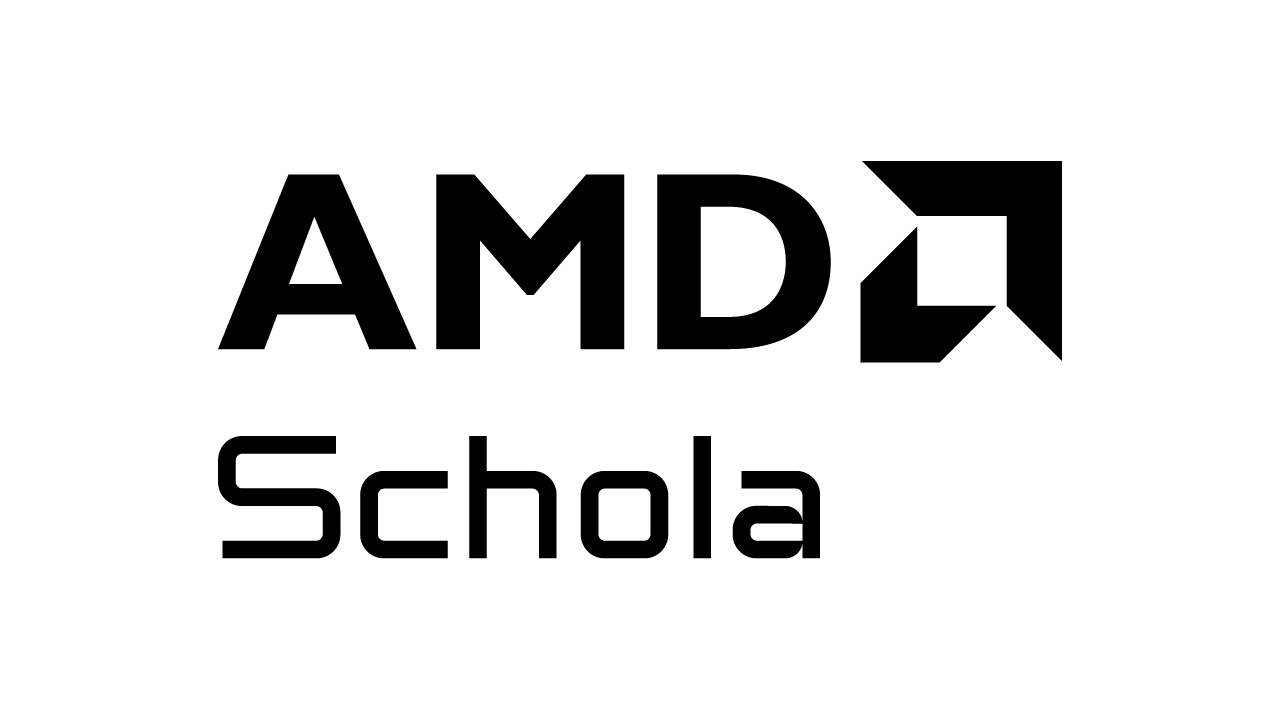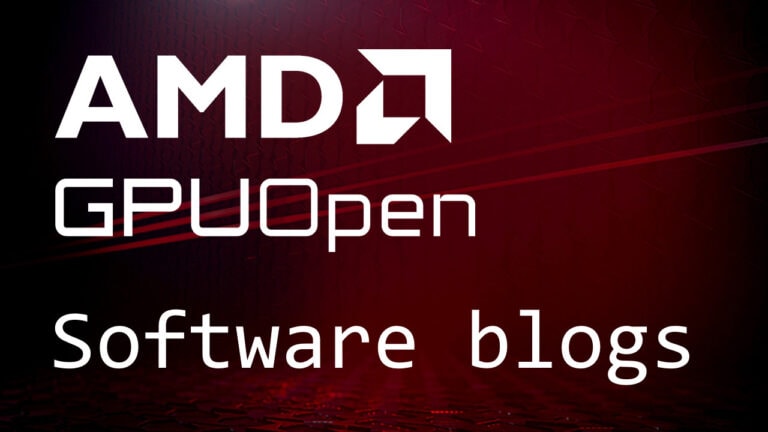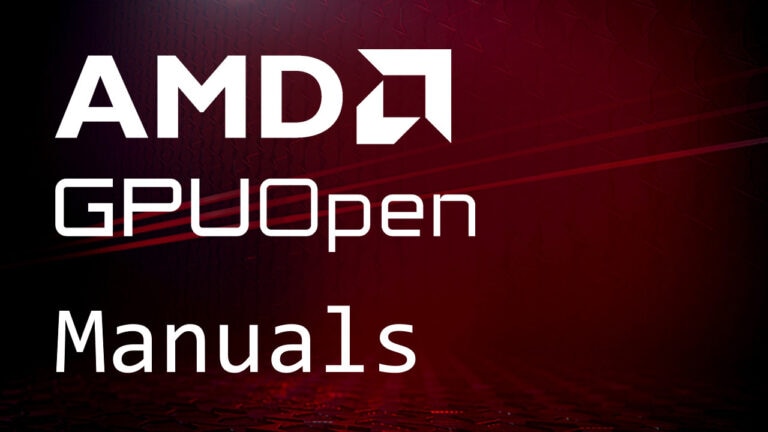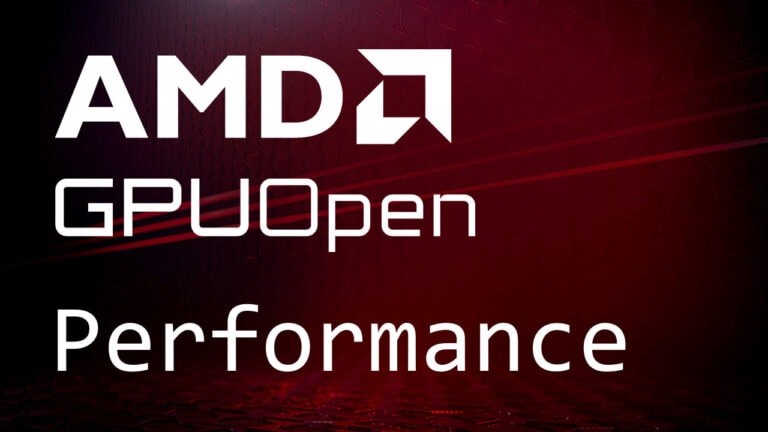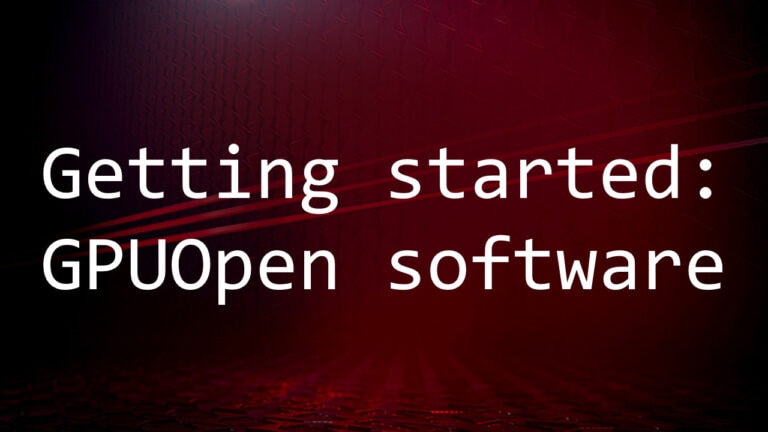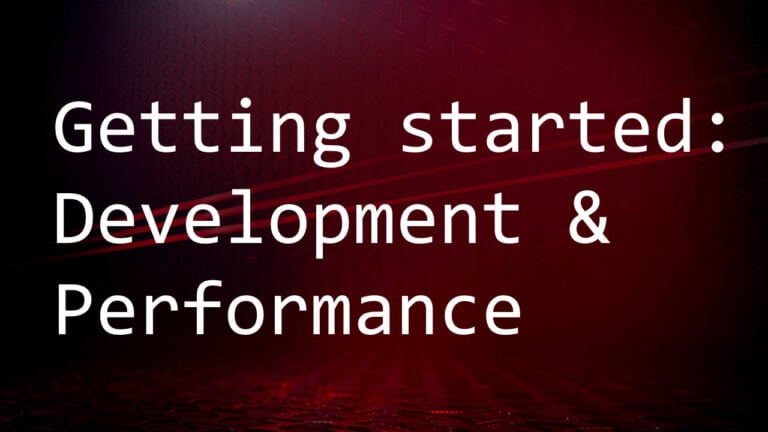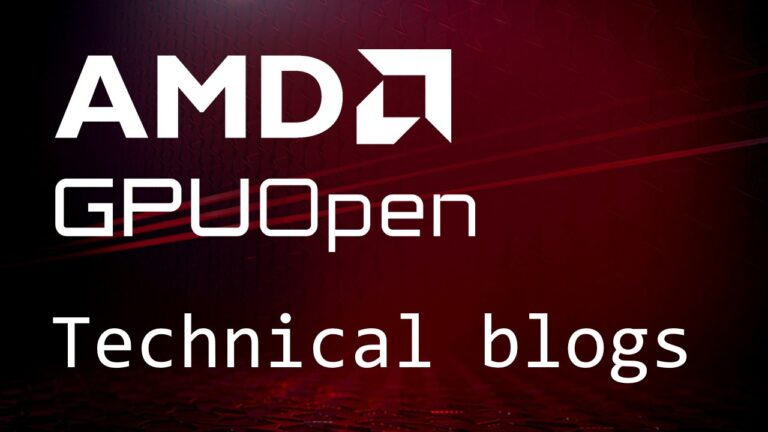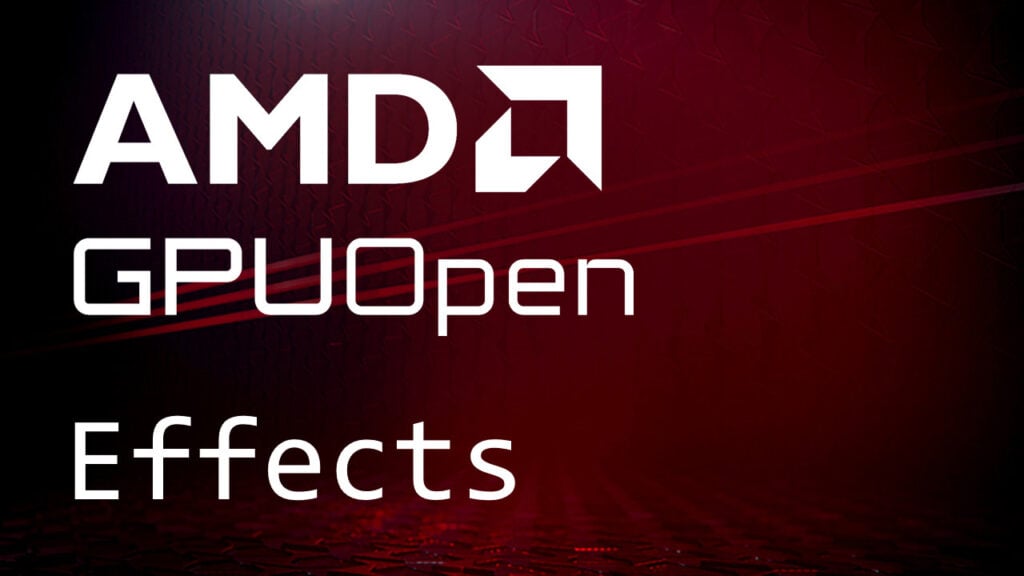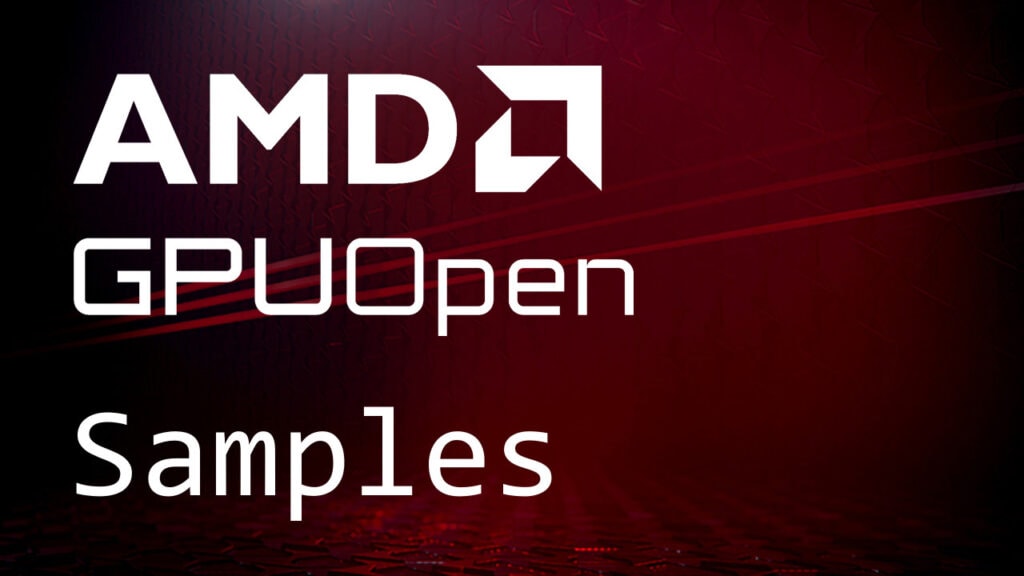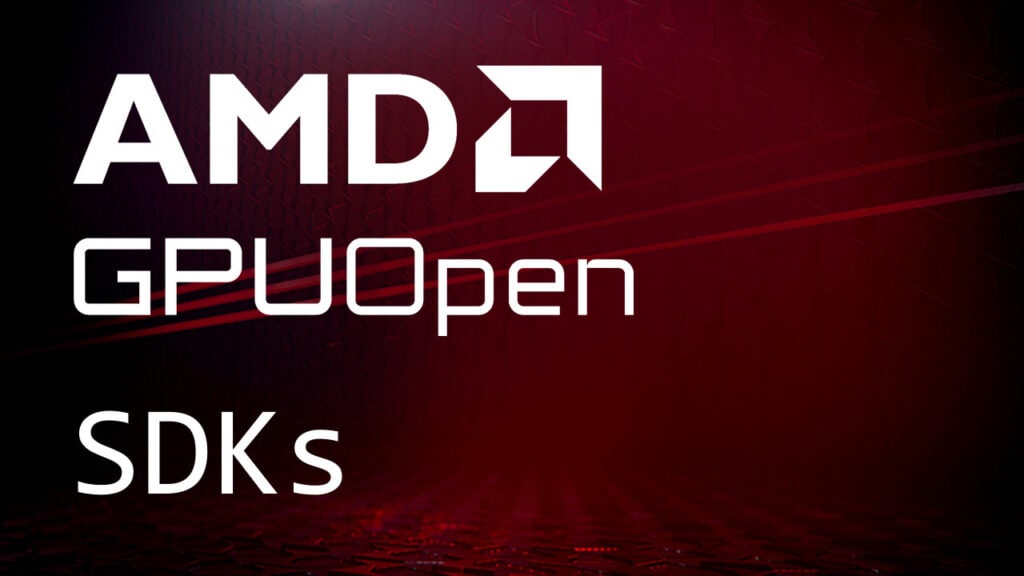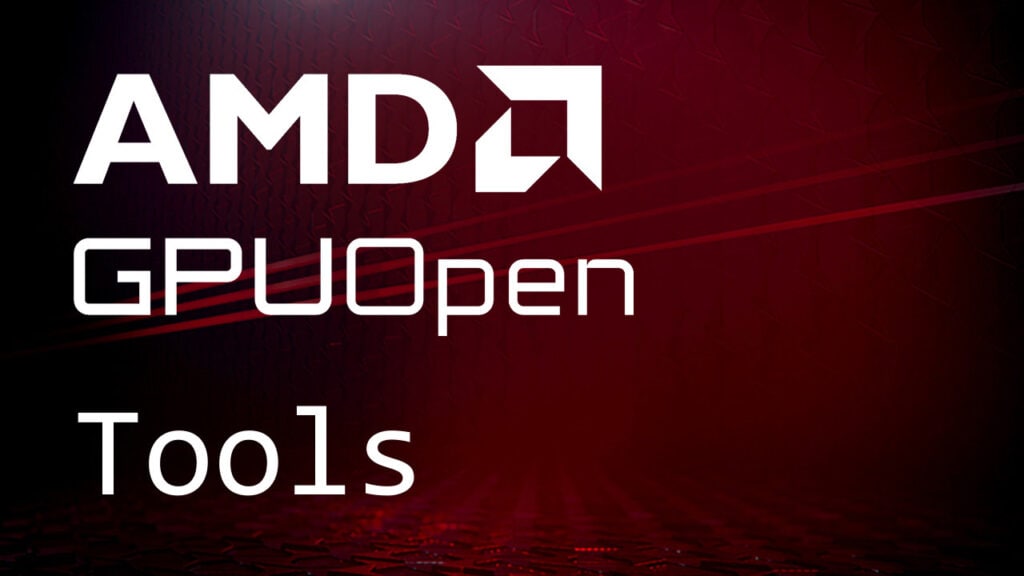# Copyright (c) 2024 Advanced Micro Devices, Inc. All Rights Reserved.
"""
Utility functions for working with stable baselines 3
"""
from math import sqrt
from pathlib import Path
from typing import Dict, List, Tuple
import torch as th
from stable_baselines3 import PPO
from stable_baselines3.common.base_class import BaseAlgorithm
import os
import gymnasium as gym
import numpy as np
from stable_baselines3.common.vec_env.base_vec_env import (
VecEnvObs,
VecEnv,
VecEnvWrapper,
)
from schola.core.utils import ScholaModel
from gymnasium.spaces import Box, flatdim
import stable_baselines3 as sb3
# The below code is adapted from https://github.com/DLR-RM/stable-baselines3/blob/v2.2.1/docs/guide/export.rst
# The MIT License
#
# Copyright (c) 2019 Antonin Raffin
#
# Permission is hereby granted, free of charge, to any person obtaining a copy
# of this software and associated documentation files (the "Software"), to deal
# in the Software without restriction, including without limitation the rights
# to use, copy, modify, merge, publish, distribute, sublicense, and/or sell
# copies of the Software, and to permit persons to whom the Software is
# furnished to do so, subject to the following conditions:
#
# The above copyright notice and this permission notice shall be included in
# all copies or substantial portions of the Software.
#
# THE SOFTWARE IS PROVIDED "AS IS", WITHOUT WARRANTY OF ANY KIND, EXPRESS OR
# IMPLIED, INCLUDING BUT NOT LIMITED TO THE WARRANTIES OF MERCHANTABILITY,
# FITNESS FOR A PARTICULAR PURPOSE AND NONINFRINGEMENT. IN NO EVENT SHALL THE
# AUTHORS OR COPYRIGHT HOLDERS BE LIABLE FOR ANY CLAIM, DAMAGES OR OTHER
# LIABILITY, WHETHER IN AN ACTION OF CONTRACT, TORT OR OTHERWISE, ARISING FROM,
# OUT OF OR IN CONNECTION WITH THE SOFTWARE OR THE USE OR OTHER DEALINGS IN
# THE SOFTWARE.
# Modifications Copyright (c) 2023-2025 Advanced Micro Devices, Inc. All Rights Reserved.
[docs]
class SB3ScholaModel(ScholaModel):
"""
A PyTorch Module that wraps a stable baselines policy and extracts the necessary components to export to ONNX.
Parameters
----------
policy : stable_baselines3.common.policies.BasePolicy
The policy to wrap.
action_space : gym.spaces.Dict
The action space to wrap.
Attributes
----------
extractor : _CombinedExtractorWrapper
The wrapped feature extractor.
action_net : th.nn.Module
The wrapped action network.
"""
[docs]
def __init__(
self,
policy,
action_space
):
super().__init__()
self.action_space = action_space
self.policy = policy
self.policy.set_training_mode(False)
[docs]
def get_logits(self, x) -> th.Tensor:
...
[docs]
def forward(self, *args) -> Tuple[th.Tensor, th.Tensor]:
state = args[-1]
x = args[:-1]
tensor_dict = {}
for i,key in enumerate(self.policy.observation_space):
tensor_dict[key] = x[i]
logits = self.get_logits(tensor_dict)
curr_dim=0
outputs = []
for space_name, space in self.action_space.items():
space_size = flatdim(space)
outputs.append(logits[:,curr_dim:curr_dim + space_size])
curr_dim+=space_size
outputs.append(state)
# For non-RNN policies, the state calculation is a no-op
return tuple(outputs)
[docs]
def save_as_onnx(self, export_path: str, onnx_opset:int = 17) -> None:
# For non-RNN policies, the state is not used values are set to arbitrary dummy values
seq_len = 1
state_dim = 1
#Use the unwrapped action space here so that we output in a nice dictionary format
# make directories if they don't exist
dir_path = Path(export_path).parent
dir_path.mkdir(parents=True, exist_ok=True)
input_names = []
inputs = []
assert(isinstance(self.policy.observation_space, gym.spaces.Dict), "Top Level Observation Space must be a Dict")
if(not isinstance(self.policy.action_space, gym.spaces.Dict)):
output_names = ["action"]
else:
output_names = [k for k,v in self.action_space.spaces.items() ]
#Output is flattened so we only ever output 2 items
output_names += ["state_out"]
for obs_space_name, obs_space in self.policy.observation_space.spaces.items():
input_names.append(obs_space_name)
#Just flatten discrete and boolean spaces
if(not isinstance(obs_space, gym.spaces.Box)):
obs_space = gym.spaces.utils.flatten_space(obs_space)
inputs.append(th.rand(1,*obs_space.shape))
# add the state input
input_names.append("state_in")
inputs.append(th.rand((1, seq_len, state_dim)))
# Get the input dim from the model
# input_dim = gym.spaces.utils.flatten_space(model.observation_space).shape
# Export the model to ONNX
with open(export_path, "w+b") as f:
th.onnx.export(
self,
tuple(inputs),
f,
opset_version=onnx_opset,
input_names=input_names,
output_names=output_names,
)
print("Model exported to ONNX")
[docs]
class SB3PPOModel(SB3ScholaModel):
[docs]
def get_logits(self, x):
x = self.policy.features_extractor(x)
x,_ = self.policy.mlp_extractor(x)
x = self.policy.action_net(x)
return x
# A2C and PPO share the same policies
[docs]
class SB3A2CModel(SB3PPOModel):
...
[docs]
class SB3SACModel(SB3ScholaModel):
[docs]
def get_logits(self, x):
x = self.policy.actor.features_extractor(x)
x = self.policy.actor.latent_pi(x)
x = self.policy.actor.mu(x)
return x
[docs]
class SB3TD3Model(SB3ScholaModel):
[docs]
def get_logits(self, x):
x = self.policy.actor.features_extractor(x)
x = self.policy.actor.mu(x)
return x
# DDPG and TD3 share the same policies
[docs]
class SB3DDPGModel(SB3TD3Model):
...
[docs]
class SB3DQNModel(SB3ScholaModel):
[docs]
def get_logits(self, x):
x = self.policy.q_net(x)
return x
[docs]
def get_scholasb3_model(model: BaseAlgorithm) -> ScholaModel:
"""
Get the ScholaModel for a stable baselines algorithm.
Parameters
----------
model : stable_baselines3.common.base_class.BaseAlgorithm
The model to get the ScholaModel for.
Returns
-------
ScholaModel
The ScholaModel for the given model.
"""
if isinstance(model, sb3.PPO):
return SB3PPOModel(model.policy, model.__original_action_space)
elif isinstance(model, sb3.A2C):
return SB3A2CModel(model.policy, model.__original_action_space)
elif isinstance(model, sb3.SAC):
return SB3SACModel(model.policy, model.__original_action_space)
elif isinstance(model, sb3.TD3):
return SB3TD3Model(model.policy, model.__original_action_space)
elif isinstance(model, sb3.DDPG):
return SB3DDPGModel(model.policy, model.__original_action_space)
elif isinstance(model, sb3.DQN):
return SB3DQNModel(model.policy, model.__original_action_space)
else:
raise ValueError(f"Unsupported model type: {type(model)}")
# end of adapted code
[docs]
def save_model_as_onnx(model: BaseAlgorithm, export_path: str) -> None:
"""
Save a stable baselines model as ONNX.
Parameters
----------
model : stable_baselines3.common.base_class.BaseAlgorithm
The model to save as ONNX.
export_path : str
The path to save the model to.
"""
model = get_scholasb3_model(model)
model.save_as_onnx(export_path)
[docs]
def convert_ckpt_to_onnx_for_unreal(
trainer=PPO,
model_path="./ckpt/ppo_final.zip",
export_path="./ckpt/OnnxFiles/Model.onnx",
) -> None:
"""
Convert a stable baselines model to ONNX for use in Unreal.
Parameters
----------
trainer : stable_baselines3.common.base_class.BaseAlgorithm
The trainer to load the model from.
model_path : str
The path to the model to convert.
export_path : str
The path to save the converted model to.
"""
model = trainer.load(model_path, device="cpu")
model = get_scholasb3_model(model)
model.save_as_onnx(export_path)
[docs]
class VecMergeDictActionWrapper(VecEnvWrapper):
"""
A vectorized wrapper for merging a dictionary of actions into 1 single action.
All actions in the dictionary must be of compatible types.
Parameters
----------
venv : VecEnv
The vectorized environment being wrapped.
"""
[docs]
def __init__(self, venv: VecEnv):
all_action_spaces = list(venv.action_space.spaces.values())
assert len(all_action_spaces) > 0, "No Action Spaces to merge."
action_space = all_action_spaces[0].merge(*all_action_spaces)
super().__init__(venv=venv, action_space=action_space)
[docs]
def reset(self) -> VecEnvObs:
return self.venv.reset()
[docs]
def step(
self, action: np.ndarray
) -> Tuple[VecEnvObs, np.ndarray, np.ndarray, List[Dict]]:
return self.venv.step(action)
[docs]
def step_async(self, actions: np.ndarray) -> None:
self.venv.step_async(actions)
[docs]
def step_wait(self) -> Tuple[VecEnvObs, np.ndarray, np.ndarray, List[Dict]]:
return self.venv.step_wait()
try:
from matplotlib import pyplot as plt
except ImportError:
# matplot lib is not installed, raise a lazy error if someone tries to use the RenderImagesWrapper
plt = None
[docs]
class RenderImagesWrapper(VecEnvWrapper):
"""
Renders image observations to an interactive matplotlib window. It assumes that the observations are square RGB images, and attempts to reshape any box observation to 3xLxL.
Parameters
----------
venv : VecEnv
The vectorized environment being wrapped.
"""
[docs]
def __init__(self, venv: VecEnv):
if(plt is None):
raise ImportError("You must install matplotlib in order to use the RenderImagesWrapper.")
self.image_obs = []
self._num_envs = venv.num_envs
for obs_space_name, obs_space in venv.observation_space.spaces.items():
if isinstance(obs_space,gym.spaces.Box):
self.image_obs.append((obs_space_name,obs_space.shape))
plt.ion()
self.axs = []
self.ims = [[] for _ in range(self._num_envs)]
for row in range(self._num_envs):
for col in range(len(self.image_obs)):
#Note index starts at 1
index = row*len(self.image_obs)+col+1
self.axs.append(plt.subplot(self._num_envs, len(self.image_obs), index))
#TODO dynamically toggle greyscale
if(obs_space.shape[0] == 1):
cmap = "grey"
else:
cmap=None
default_ndarray = self.convert_to_plt_format(np.zeros(obs_space.shape))
self.ims[row].append(self.axs[index-1].imshow(default_ndarray,cmap=cmap,vmin=0.0,vmax=1.0))
super().__init__(venv=venv)
[docs]
def close(self):
super().close()
plt.ioff()
plt.show()
[docs]
def update_images(self, obs: Dict[str, np.ndarray]) -> Dict[str, np.ndarray]:
"""
Updates the images in the plt window with the given observations.
Parameters
----------
obs: Dict[str,np.ndarray]
Maps the names of the observations to the observation data.
Returns
-------
Dict[str,np.ndarray]
The original observation.
"""
for col,(image_obs_name,shape) in enumerate(self.image_obs):
temp_obs = np.clip(obs[image_obs_name],0.,1.)
# yoink out the batch dim at the front of the buffer
for row in range(temp_obs.shape[0]):
new_data = self.convert_to_plt_format(temp_obs[row])
self.ims[row][col].set_data(new_data)
plt.pause(.001)
return obs
[docs]
def reset(self) -> VecEnvObs:
return self.update_images(self.venv.reset())
[docs]
def step(self, action: np.ndarray) -> Tuple[VecEnvObs, np.ndarray, np.ndarray, List[Dict]]:
obs, rewards, dones, infos = self.venv.step(action)
return self.update_images(obs), rewards, dones, infos
[docs]
def step_async(self, actions: np.ndarray) -> None:
self.venv.step_async(actions)
[docs]
def step_wait(self) -> Tuple[VecEnvObs, np.ndarray, np.ndarray, List[Dict]]:
obs, rewards, dones, infos = self.venv.step_wait()
return self.update_images(obs), rewards, dones, infos

